Introduction
When it comes to Syracuse, NY, the phrase “it’s a jungle out there” isn’t just a catchy tagline; it’s a reality many residents face daily. Crime statistics play a crucial role in understanding the safety landscape of a city. For current residents, potential movers, and local policymakers, these numbers are more than just digits—they represent safety, security, and quality of life.
Syracuse’s crime rates are disconcerting. The city boasts a crime rate of 42 per 1,000 residents, making it one of the higher rates in the nation. Shockingly, over 98% of communities in New York report lower crime rates. This paints a vivid picture: Syracuse often finds itself labeled as one of America’s more dangerous cities, with a well-earned reputation that precedes it.
So, what’s the purpose of this discussion? We aim to inform you about current crime trends, highlight specific types of crime, and break down neighborhood safety. Additionally, we’ll provide useful resources for those who wish to dive deeper into understanding these statistics. Whether you’re contemplating a move to Syracuse or simply want to stay informed about your community, understanding crime statistics is key to making educated decisions.
To bolster your safety and peace of mind, consider investing in a Home Security Camera System. This way, you’ll have eyes on your property, even when you’re not home!

Crime Overview
Current Crime Statistics
Syracuse’s overall crime rate stands at 42 per 1,000 residents. To put this in perspective, that’s significantly above the national average. With a 1 in 24 chance of becoming a victim of any crime, residents often feel the weight of their surroundings. Breaking it down further, the odds of falling victim to violent crime are about 1 in 108, while property crime odds are 1 in 31.
These statistics highlight the urgency of addressing crime in Syracuse. The violent crime rate measures 9.24 per 1,000 residents, with notable offenses including assault, robbery, and even murder. In terms of property crime, the city sees a staggering rate of 32.43 per 1,000 residents, which encompasses burglary, theft, and motor vehicle theft.
Historical Trends
Analyzing crime trends over the years can shine a light on how the situation has evolved. From 2018 to 2024, crime rates have fluctuated, revealing both alarming spikes and tentative declines. For instance, recent reports from early 2024 indicate a significant drop in violent crime, with homicides down 36% compared to the previous year. However, property crimes continue to rise, suggesting a mixed bag for Syracuse residents.
Overall, understanding these historical trends is vital for grasping where Syracuse stands today and what may lie ahead. Keeping a finger on the pulse of these statistics empowers residents to advocate for necessary changes and improvements in their communities.
In summary, the crime situation in Syracuse is complex, with various factors influencing the statistics. By staying informed, residents can navigate their environment with greater awareness and safety. And for those moments when you’re out and about, consider a Personal Safety Alarm to help you feel secure.

Breakdown of Crime Types
Violent Crime
Syracuse, NY, faces a violent crime rate of 9.24 per 1,000 residents. This figure includes serious offenses like murder, assault, robbery, and rape. To break it down further, the statistics reveal:
- Murder: 17 incidents, or 0.12 per 1,000 residents.
- Rape: 95 incidents, translating to 0.66 per 1,000 residents.
- Robbery: 291 occurrences, which amounts to 2.01 per 1,000 residents.
- Assault: 932 incidents, or 6.45 per 1,000 residents.
Compared to the national average, Syracuse’s violent crime rate is starkly higher. The national average stands at 4.0 per 1,000 residents. In the past decade, Syracuse has experienced fluctuations; for example, in 2018, the violent crime rate was recorded at 702.86 per 100,000 residents, underscoring the challenges the city faces.
Neighborhoods like the Near Westside and Southside are particularly affected by violent crime. These areas often report higher instances of assaults and robberies, contributing to the overall perception of safety concerns. Residents living in these neighborhoods feel the impacts directly, with many expressing concerns about their safety while going about daily life. To enhance your self-defense, a Pepper Spray can be a handy tool to have.
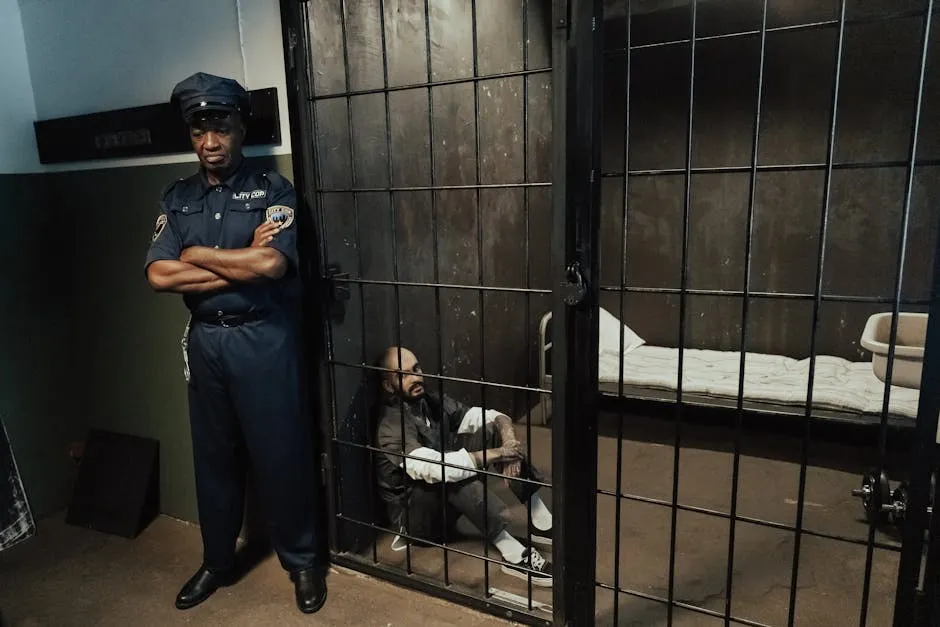
Property Crime
Property crime in Syracuse is more prevalent, with a rate of 32.43 per 1,000 residents. This includes various offenses such as burglary, theft, and motor vehicle theft. Let’s take a closer look at the breakdown:
- Burglary: 1,193 cases, or 8.26 per 1,000 residents.
- Theft: 2,852 incidents, accounting for 19.74 per 1,000 residents.
- Motor Vehicle Theft: 640 occurrences, approximately 4.43 per 1,000 residents.
When comparing these statistics to other cities in New York and across the nation, Syracuse’s property crime rate remains alarming. The national average for property crime is about 3.1 per 1,000 residents, making Syracuse’s rate nearly ten times higher than some places.
Trends show a significant uptick in specific property crimes, particularly motor vehicle theft, which has become a major concern for residents. The chance of having a vehicle stolen in Syracuse is 1 in 226, which is substantially above the national average. This increase in property crime can often be attributed to economic factors, as poverty and unemployment rates in Syracuse are higher than the state and national averages.
Neighborhoods such as the Northeast and Southwest areas have been especially hard hit by property crimes. Residents in these communities report feeling less secure, prompting many to invest in security measures like alarm systems and neighborhood watch programs. A Security Door Lock is a great investment for added protection.

In summary, while violent crime rates show some signs of improvement, property crime remains a pressing issue in Syracuse. Understanding the crime landscape is crucial for residents and city officials alike, as it informs community safety efforts and individual precautionary measures.
Neighborhood Safety
Safer Neighborhoods
Syracuse has its fair share of safe havens, where crime rates are lower and community spirit flourishes. Here are some neighborhoods that stand out for their relative safety:
- Cedarvale / Griffins Corners: This area is known for its tight-knit community. Residents often gather for neighborhood events, fostering an inclusive atmosphere. The low crime rate here makes it a popular choice for families.
- Cards Corners / Howlett Hill: A serene neighborhood characterized by parks and recreational areas. Families enjoy outdoor activities, and the community is proactive in organizing safety programs.
- Meadowbrook: With its well-maintained streets and friendly neighbors, Meadowbrook boasts a crime rate well below the Syracuse average. The area features several community watch initiatives, ensuring residents feel secure.
Community efforts play a crucial role in maintaining safety in these neighborhoods. Programs such as neighborhood watch groups encourage residents to be vigilant. These initiatives promote communication among neighbors, making it easier to report suspicious activity. Additionally, local events often feature safety workshops and crime prevention strategies, empowering residents with knowledge and resources. For those keen on neighborhood safety, a Neighborhood Watch Sign can enhance awareness.

High Crime Areas
On the flip side, Syracuse has neighborhoods that struggle with higher crime rates. Understanding these areas helps to shed light on the unique challenges they face:
- Near Westside: This area has faced significant hurdles, including economic challenges and a higher incidence of violent crime. Residents often express concern about safety, leading to community efforts aimed at revitalization.
- Southside: Known for its vibrant culture, this neighborhood also battles crime. High rates of property crime and gang-related activities are prevalent. However, community leaders are rallying to implement programs that engage youth and provide positive outlets.
- Near Northeast: Similar to the Southside, this neighborhood encounters a mix of violent and property crimes. Local residents and businesses are collaborating with law enforcement to increase police presence and support community initiatives.
Law enforcement is ramping up efforts in these high-crime areas. Increased police visibility and community engagement are vital strategies. Officers are building relationships with residents, attending community meetings, and addressing concerns directly. This approach helps foster trust and encourages communication between law enforcement and the community. For added personal security, a Self-Defense Keychain can be a handy tool to keep close.
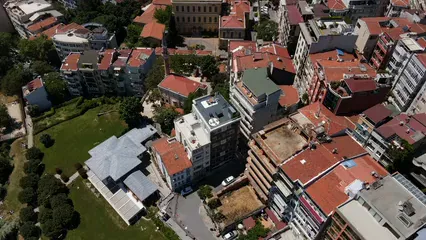
Community Response and Law Enforcement
Law Enforcement Efforts
In Syracuse, law enforcement is taking a proactive approach to combat crime. Strategies include regular COMPSTAT meetings, where police leaders analyze crime patterns and develop tailored responses. Officers share insights from various divisions, ensuring a comprehensive understanding of crime trends across the city.
One notable initiative is the community policing strategy, which encourages officers to engage with residents actively. This approach fosters positive relationships and builds trust. Officers often participate in community events and educational programs, aiming to create a collaborative environment focused on safety. For those interested in staying informed, a Local Crime Statistics Book can provide valuable insights.
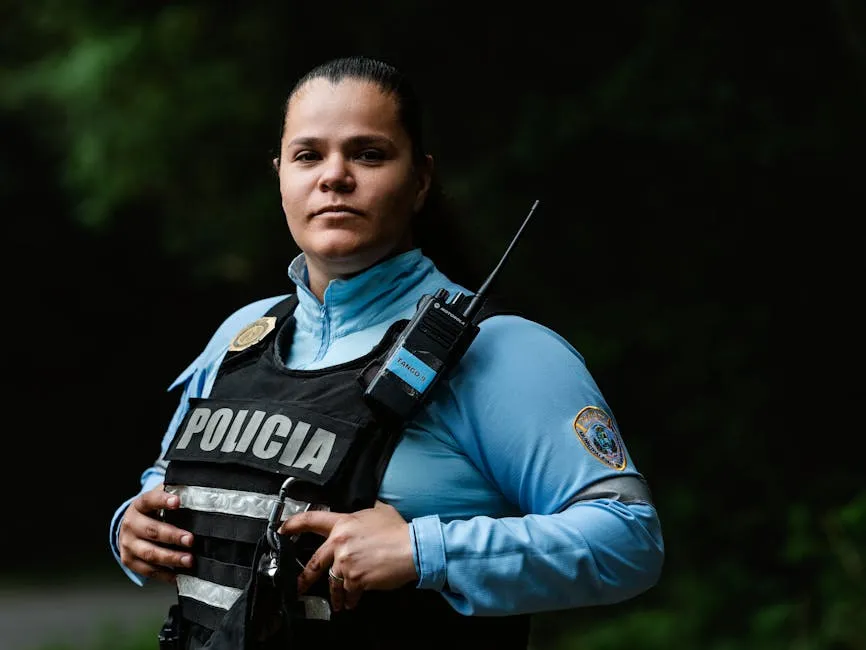
Crime Reduction Initiatives
Various crime reduction initiatives have emerged in response to the rising crime rates. Programs targeting youth engagement play a crucial role in steering young individuals away from a life of crime. Activities like sports leagues and educational workshops promote positive alternatives.
Neighborhood watch programs are gaining traction, empowering residents to take an active role in their community’s safety. These programs encourage neighbors to look out for one another and report any suspicious behavior. Residents are becoming vigilant, and this collective effort is making a noticeable impact. For emergency preparedness, consider an Emergency Survival Kit to have on hand.

Community Engagement
Public sentiment regarding safety varies across Syracuse. Surveys indicate that many residents feel safe, although concerns remain. About 47% of respondents reported feeling safe, while others expressed concerns about specific areas. This mixed sentiment drives the community to engage with law enforcement, seeking improvements and solutions.
Collaboration between law enforcement and community organizations is vital. Partnerships are forming to create safe spaces for residents and provide resources for those in need. The collective efforts of community members, local leaders, and law enforcement are essential in creating a safer Syracuse. As the city continues to address crime, these partnerships will play a pivotal role in shaping a brighter, more secure future. And while you’re at it, a First Aid Kit is a great addition to your safety plan.

Law Enforcement Efforts
Police Strategies: Syracuse has implemented various police strategies to tackle crime effectively. One key approach is the use of COMPSTAT meetings. These weekly gatherings involve police command staff analyzing crime data and trends. They discuss recent criminal activity and strategize solutions tailored to specific neighborhoods. This method ensures that law enforcement is proactive rather than reactive.
Community policing is another vital aspect. Officers engage directly with residents, fostering trust and open communication. They attend neighborhood events and collaborate with local organizations to create a safety net. This friendly approach transforms officers from mere enforcers into community partners.
Crime Reduction Initiatives: To address rising crime rates, Syracuse has launched several initiatives focusing on youth engagement. Programs like sports leagues and mentoring opportunities aim to steer young people away from crime. These initiatives provide constructive outlets for energy and creativity, offering a sense of belonging. For community members, having a Portable Phone Charger can be a lifesaver during emergencies.
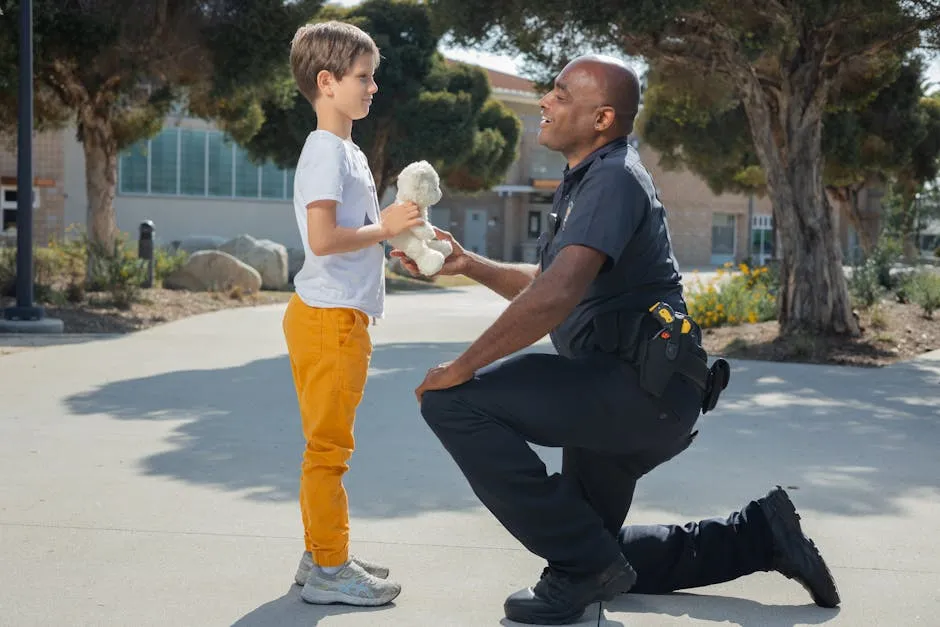
Neighborhood watch programs have also gained traction. Residents are empowered to look out for one another, creating a safer environment. By reporting suspicious behavior, they help police maintain order. This collective effort strengthens community bonds and reduces crime rates.
Community Engagement
Public Sentiment: How do Syracuse residents feel about their safety? Recent surveys reveal mixed emotions. About 47% of respondents reported feeling pretty safe, while 35% expressed concerns about crime. Surprisingly, only 6% felt completely secure. This sentiment highlights the need for continued efforts to enhance safety and reassure residents.
Collaboration: Partnerships between law enforcement and community organizations are crucial. Collaborative initiatives focus on improving safety and addressing concerns. By working together, these entities create programs that provide resources and support to those in need. This teamwork helps build trust and encourages residents to engage actively in their community. And speaking of resources, a Weather Radio can keep you updated during emergencies.
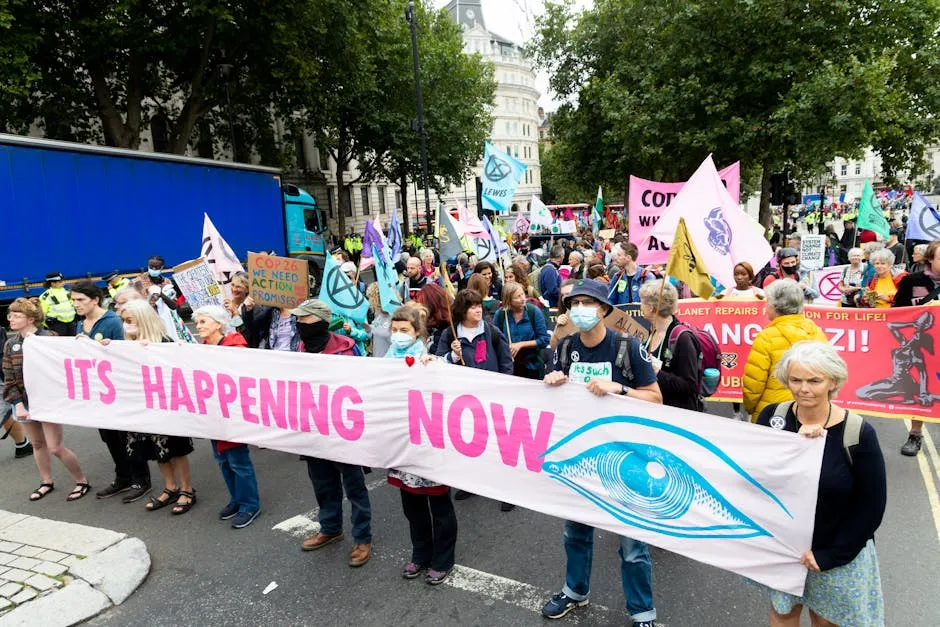
Crime Data Sources and Methodology
Data Collection
Syracuse’s crime data comes from reliable sources, including the FBI and local law enforcement agencies. The FBI’s Uniform Crime Reporting (UCR) program offers a comprehensive overview of crime statistics. Local departments contribute data, ensuring accuracy and relevance.
The methodology behind collecting and analyzing this data is rigorous. Agencies employ standardized procedures to record incidents and categorize crimes. This structured approach allows for meaningful comparisons across different regions and time frames. By relying on established protocols, officials maintain the integrity of the data, enabling informed decision-making.

Understanding the Statistics
The crime index plays a vital role in interpreting crime data. It provides a snapshot of the level of safety in a community. Higher index numbers signify more crime, while lower numbers indicate safer neighborhoods. However, it’s essential to recognize the limitations of this data. Factors like underreporting and varying law enforcement practices can skew results. Understanding these nuances is crucial for accurately assessing the crime landscape in Syracuse. For a comprehensive view of home safety, consider downloading Home Safety Audit Checklist.

For more detailed insights into the current state of crime in Syracuse, you can explore the Syracuse crime statistics.
Please let us know what you think about our content by leaving a comment down below!
Thank you for reading till here 🙂
All images from Pexels




